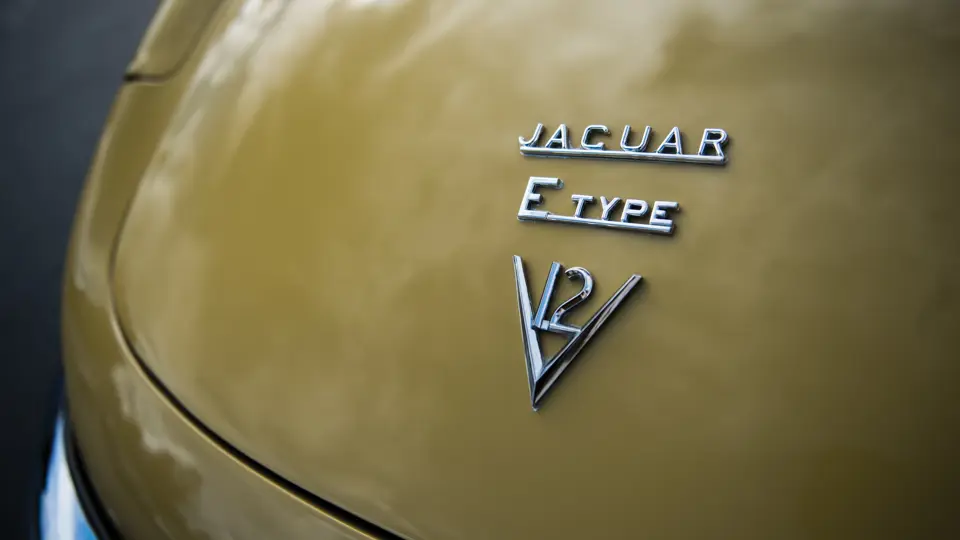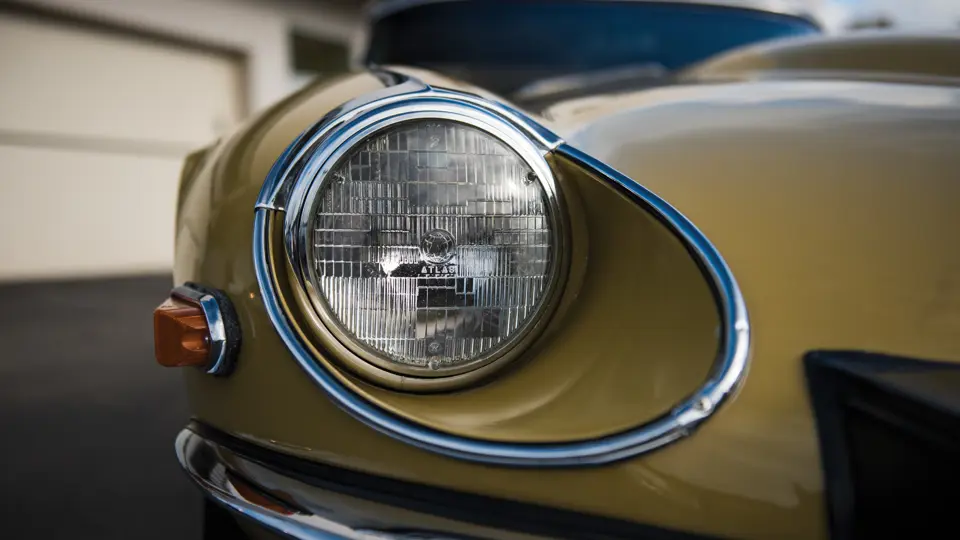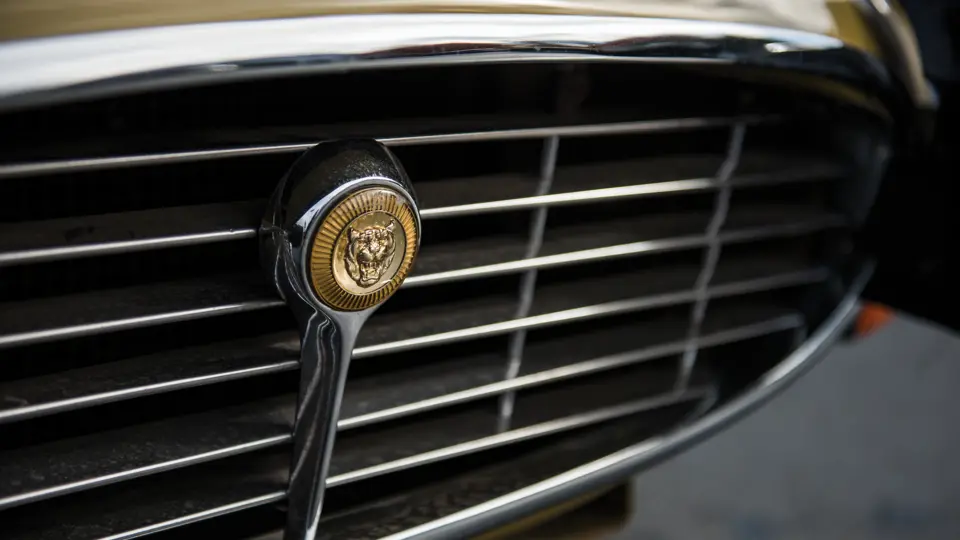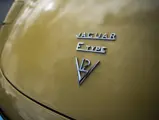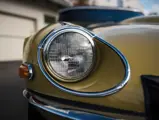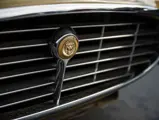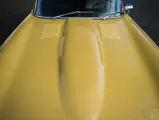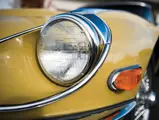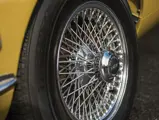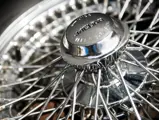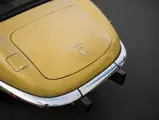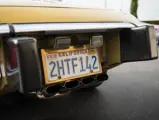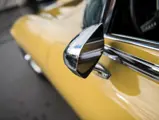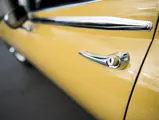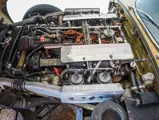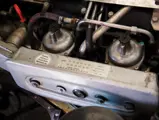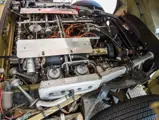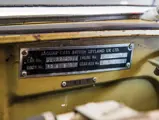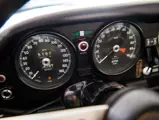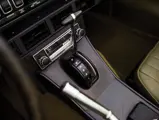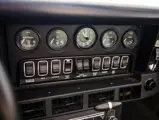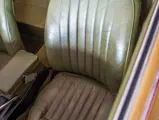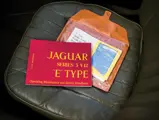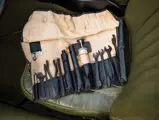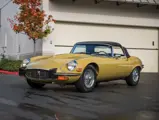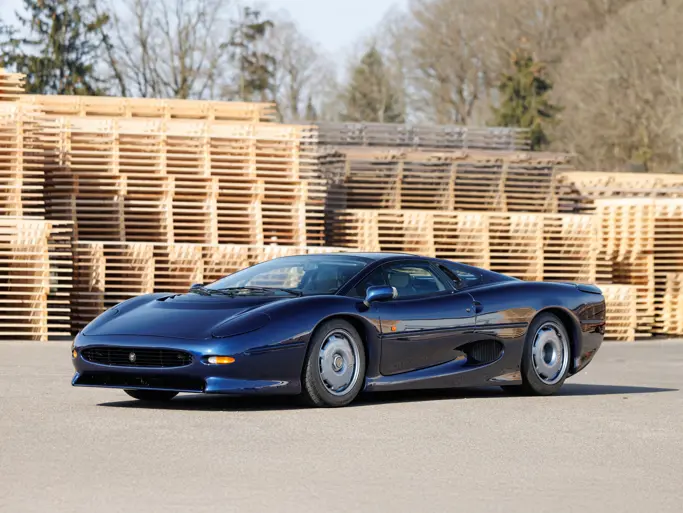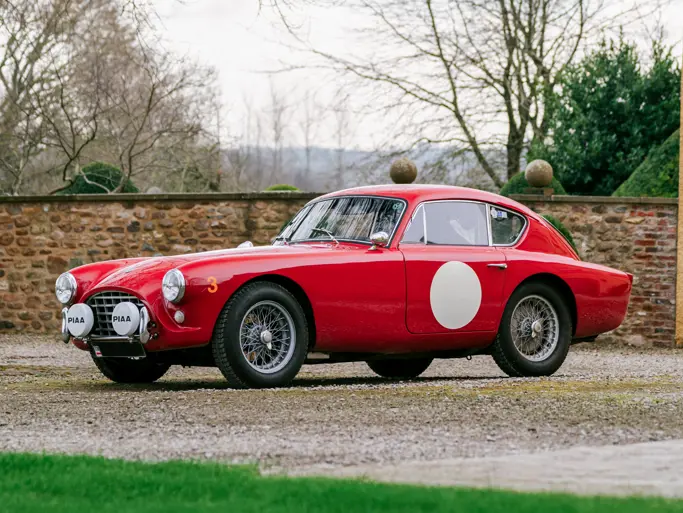272 bhp, 5,343 cc SOHC V-12 engine, three-speed automatic transmission, four-wheel coil-spring independent suspension, and four-wheel hydraulic disc brakes. Wheelbase: 102 in.
The Jaguar V-12 was the company’s first new engine since the XK overhead-cam six of 1948. Although contemplated as early as 1954, for Le Mans competition, it was largely forgotten after Jaguar withdrew from racing.
In 1963, Jaguar purchased Coventry Climax, the specialty engine manufacturer. With that transaction, Walter Hassan, who designed the XK powerplant with William Haynes, returned to the fold. A return to Le Mans was being contemplated, for which a new engine was a necessity. The team went to work and came up with an aluminum block dual-overhead cam V-12 with fuel injection. It was installed in a competition car dubbed the XJ13, and tested during 1965, but again enthusiasm waned and the car was put in storage. Brought out for a publicity run in 1971, it was wrecked when a tire failed, then subsequently rebuilt.
By that time, the engine concept had been revisited with a luxury car in mind. A single overhead-cam design was chosen, with a flat cylinder head and combustion chambers located in the block. The resulting 5.3-liter powerplant used chain-driven cams for durability and soft valve springs to reduce noise. The luxury car was put on hold, but the engine lived to see production in the Series 3 E-Type, beginning in 1971. An oversquare design displacing 5,344 cubic centimeters, it developed 272 brake horsepower with Lucas electronic ignition. Four Zenith-Stromberg carburetors handled the fuel, although fuel injection was adopted in April 1975.
This E-Type V-12 is an original car, with one repaint in Green Sand, as Jaguar called the color. The interior is matching leather, showing use but little wear and tear. The odometer shows barely 48,000 miles. Equipped with automatic transmission, power steering, and air conditioning, it also has an eight-track tape player, and tape cartridges of Eddie Rabbit and the Beach Boys are included in the sale. The engine compartment shows some use but is generally clean, though not detailed. An owner’s manual and factory tool kit come with the car.
The V-12 E-Types were continued until mid-1974, by which time 15,287 had been built, 7,990 of them roadsters like this one. From 1972, the engine was also used in the XJ12 sedan and the Daimler-badged Double Six. The XJS GT coupe, which would be the principal user of the V-12, followed in 1975. This car represents a chance to own one of the transitional Jaguars, the last of the impeccable E-Types but the first of the exceptional V-12s.




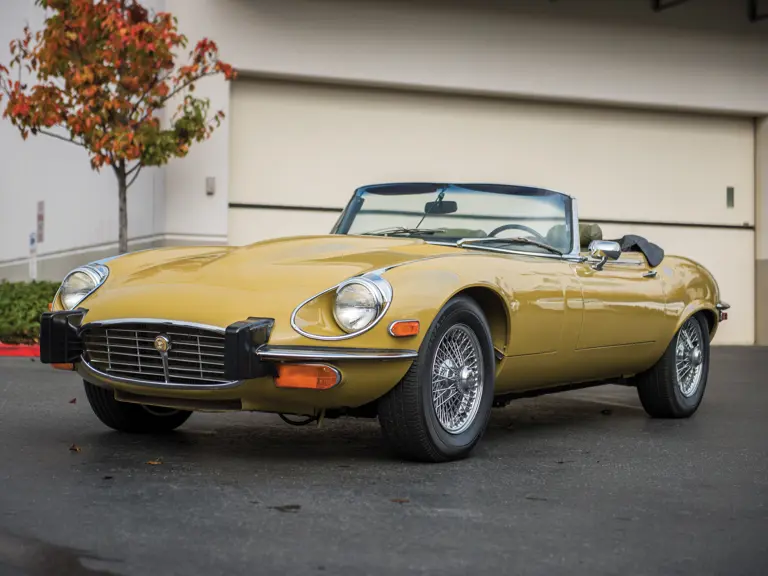
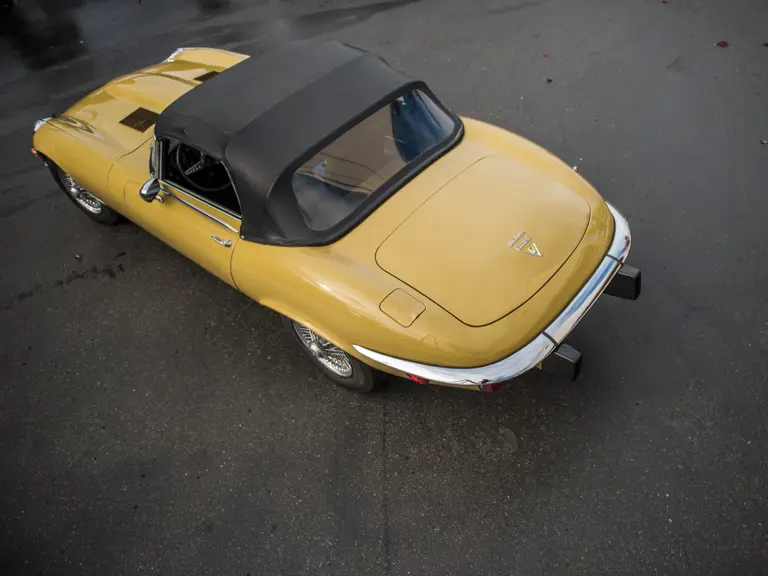

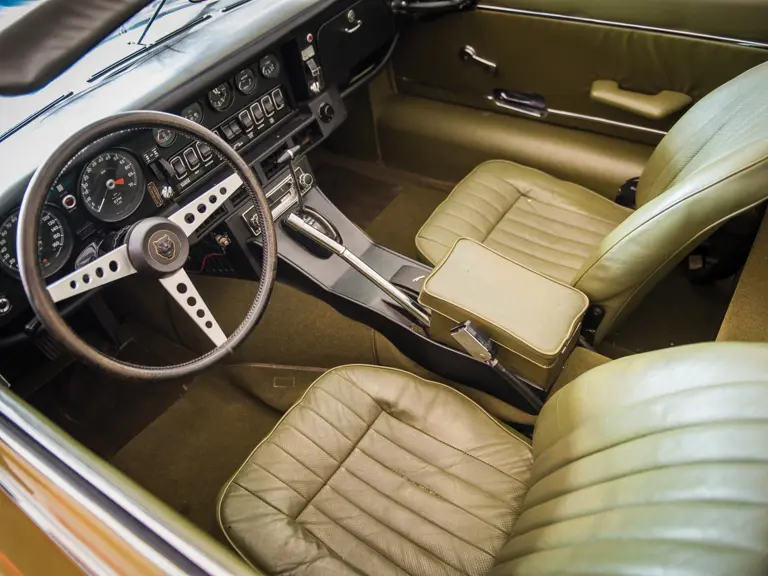
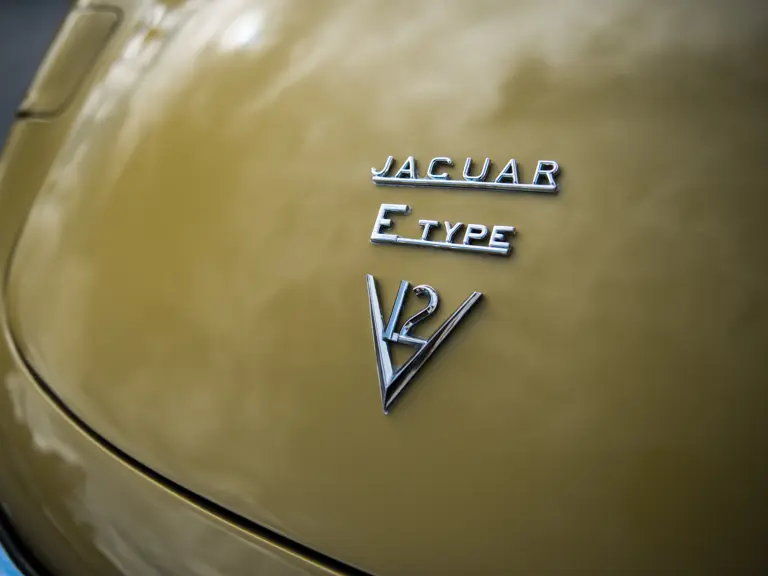
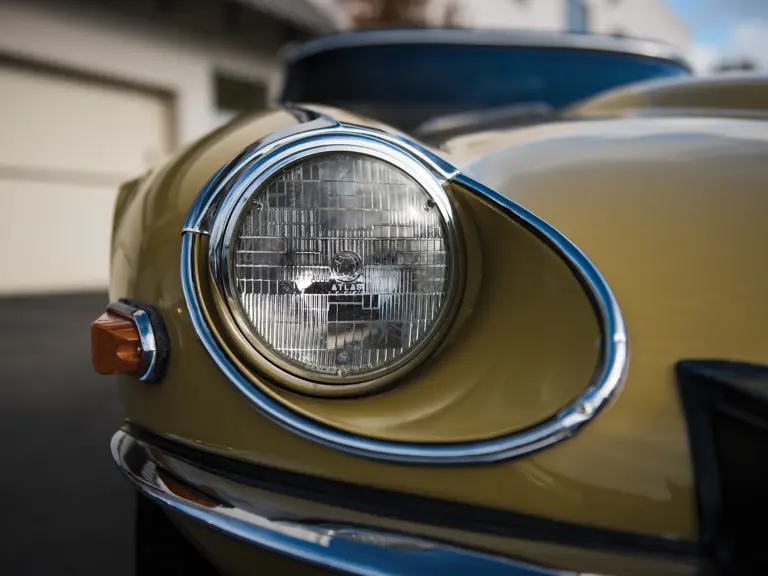
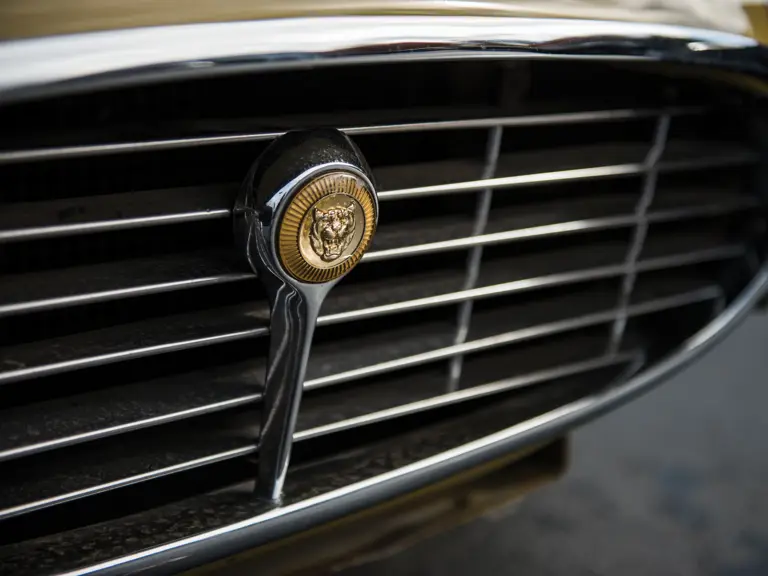
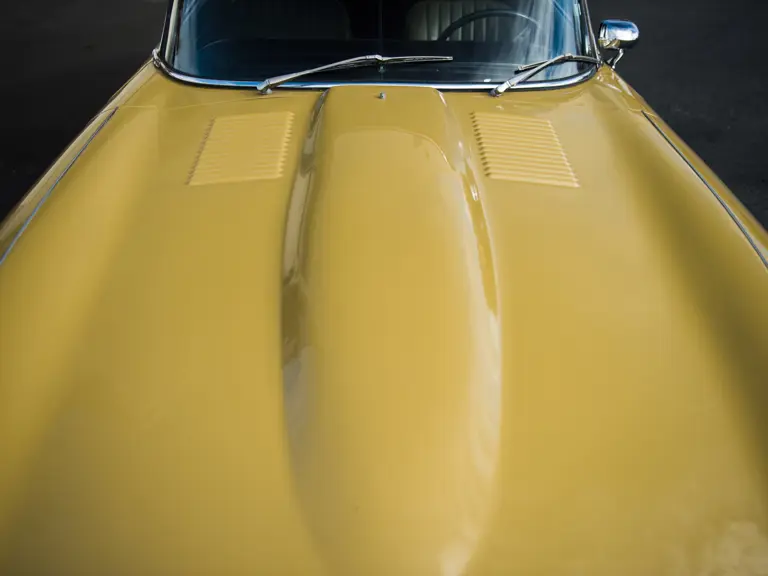
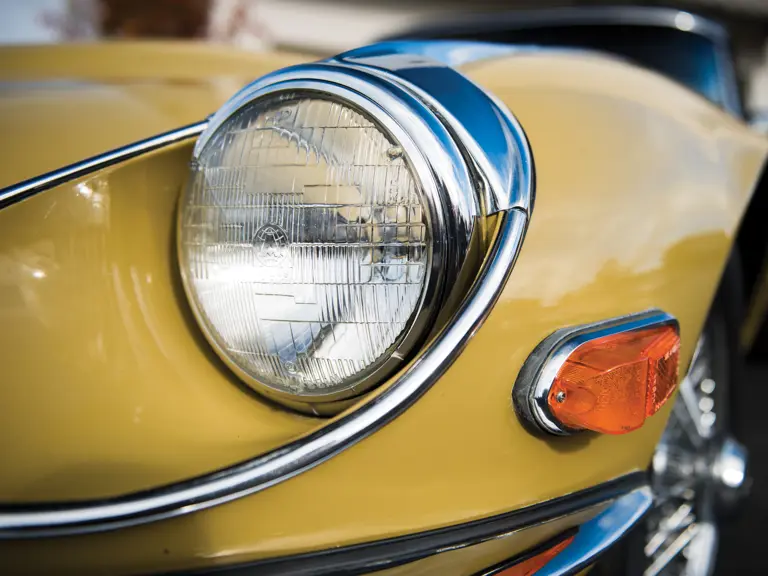
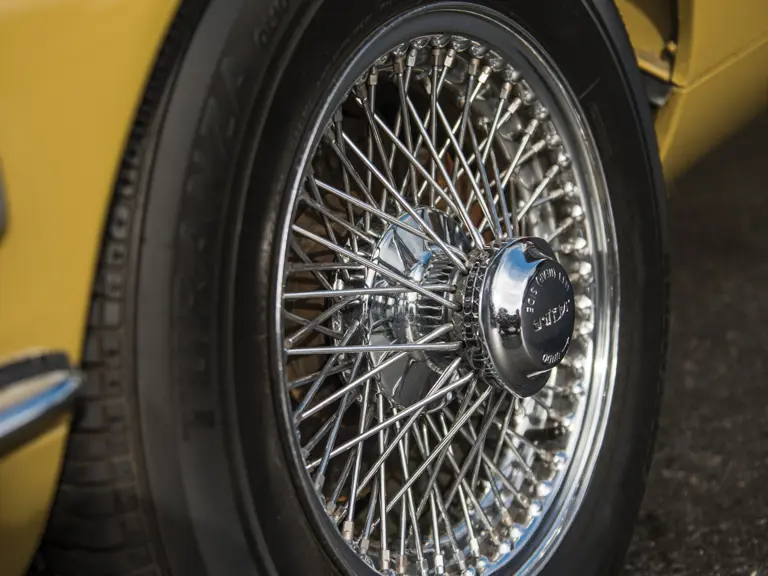
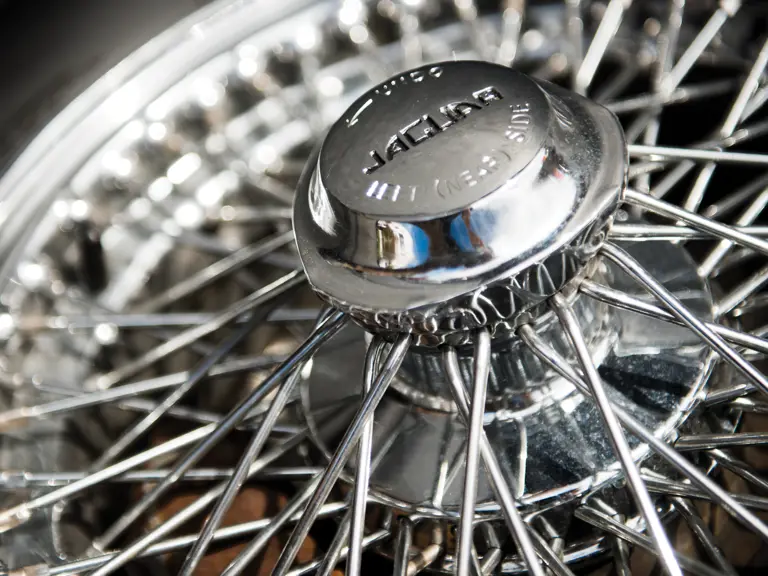
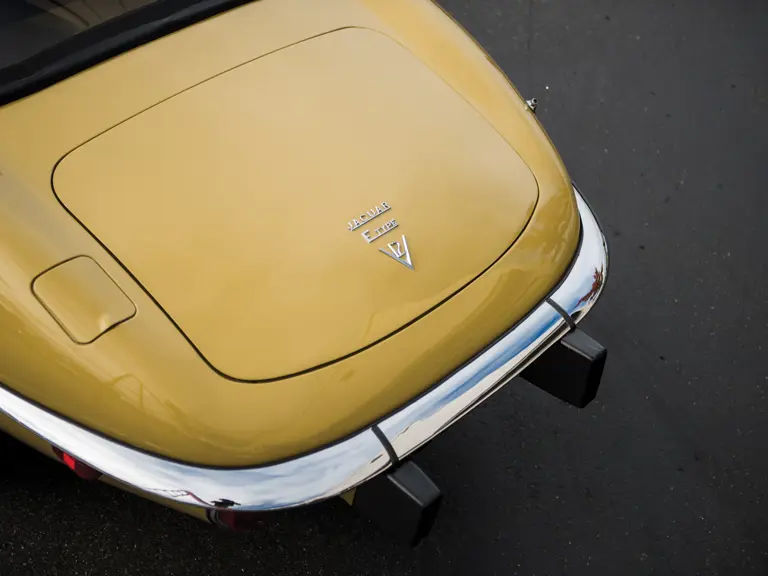
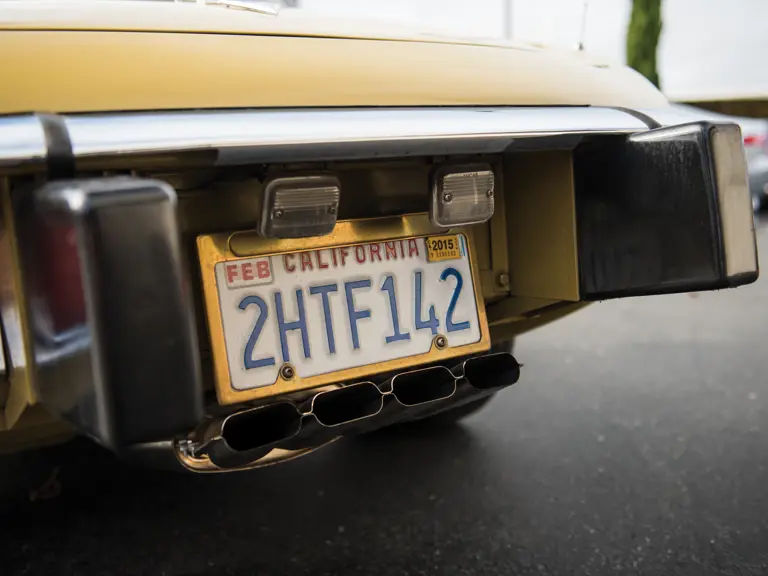
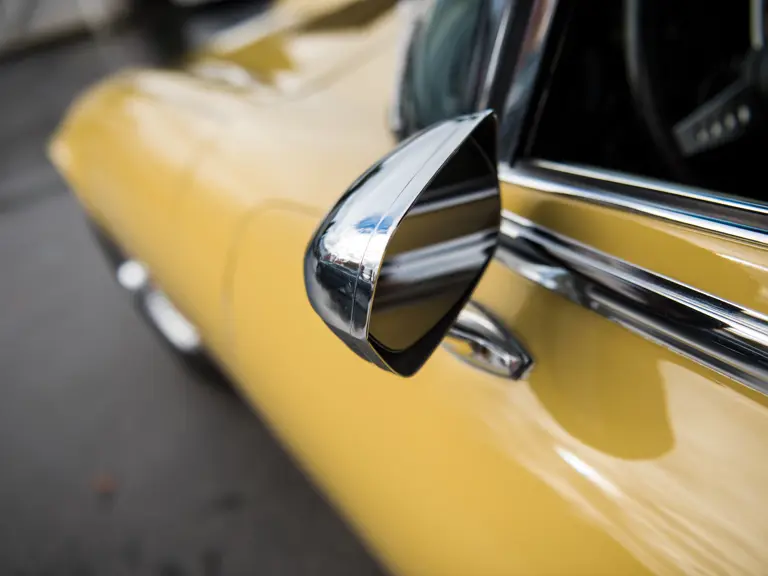
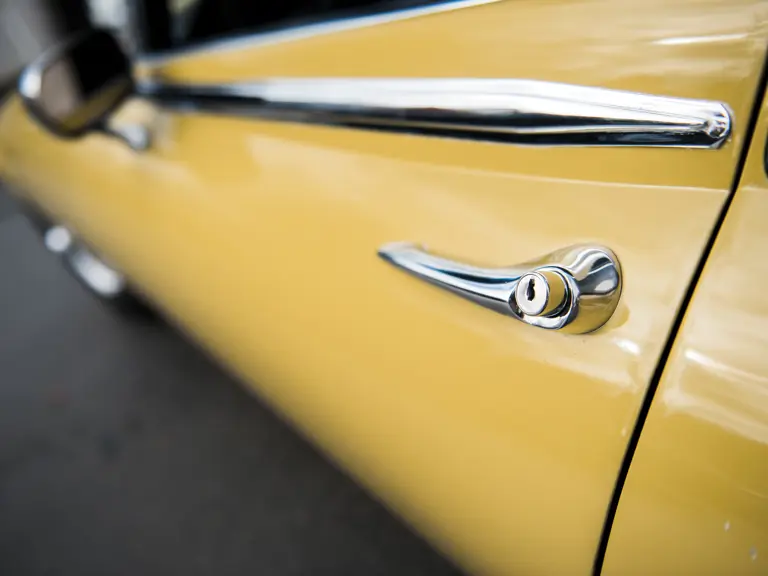
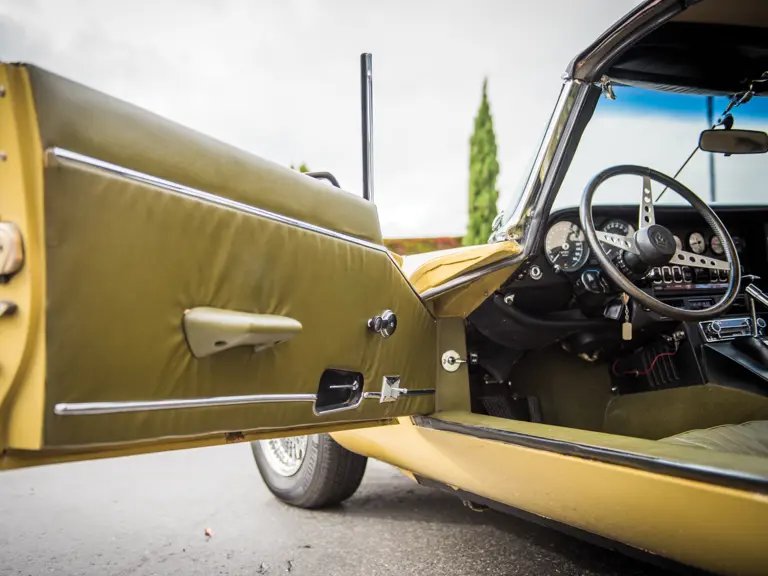
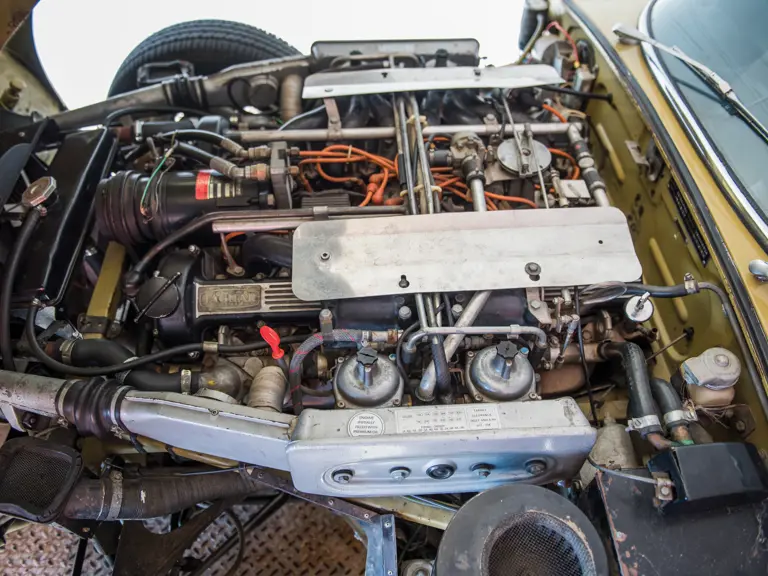
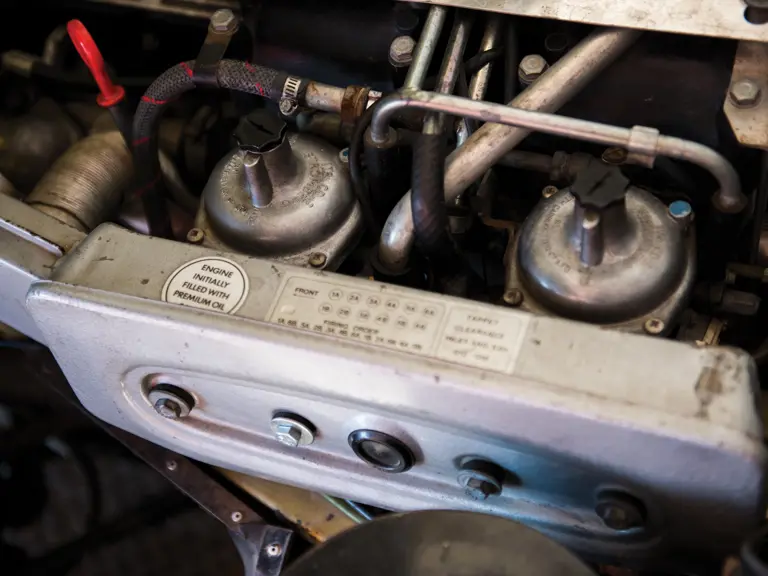

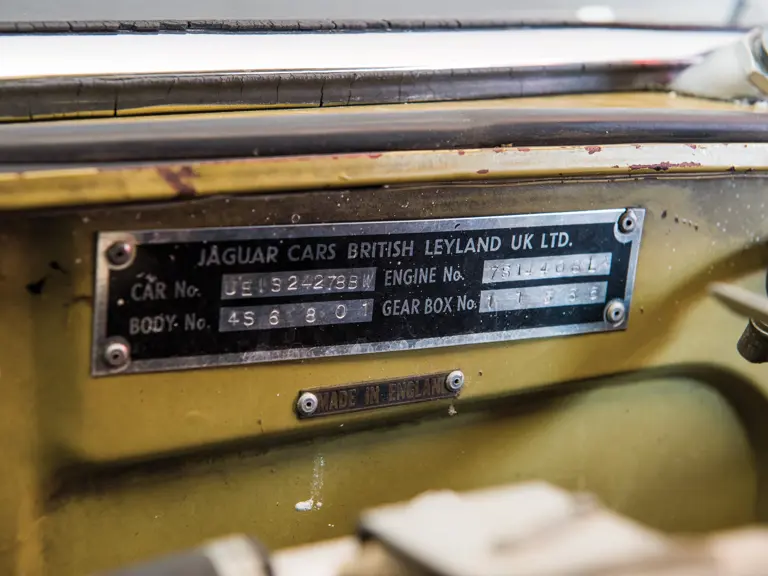
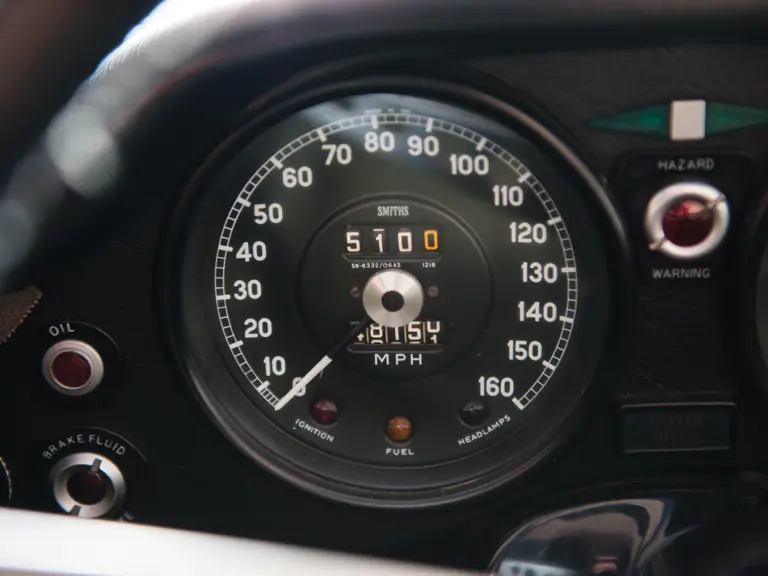
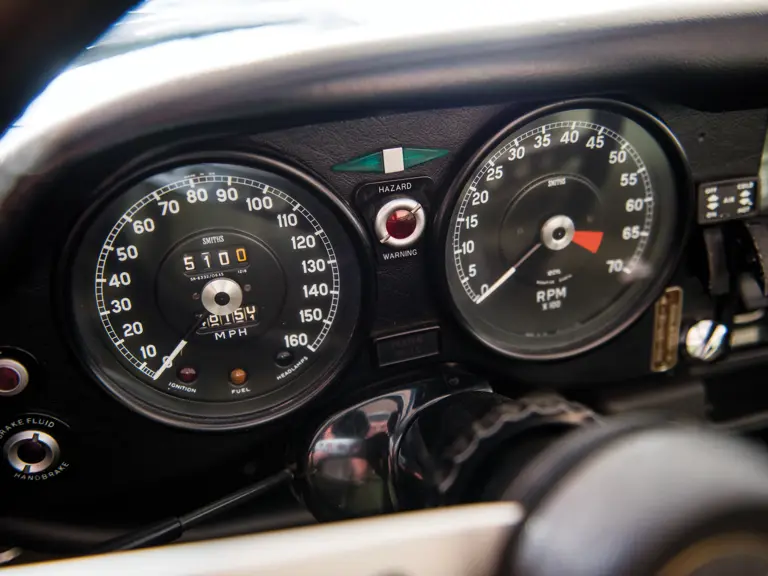
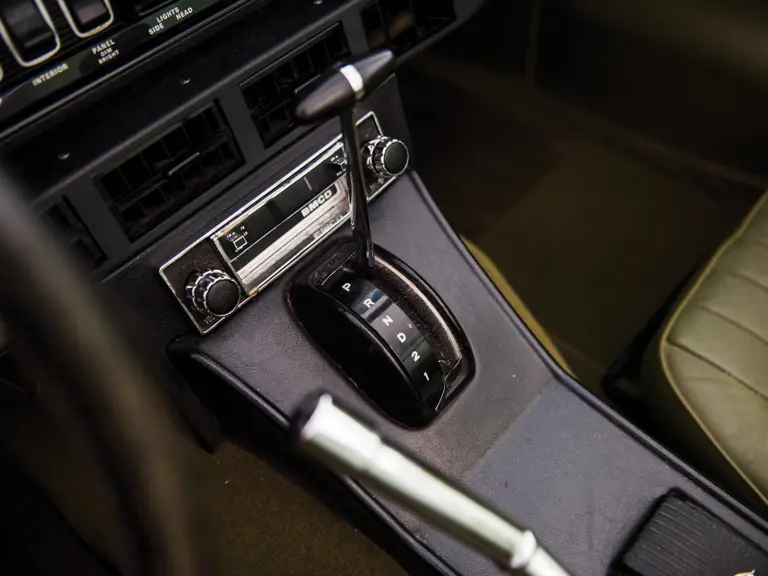


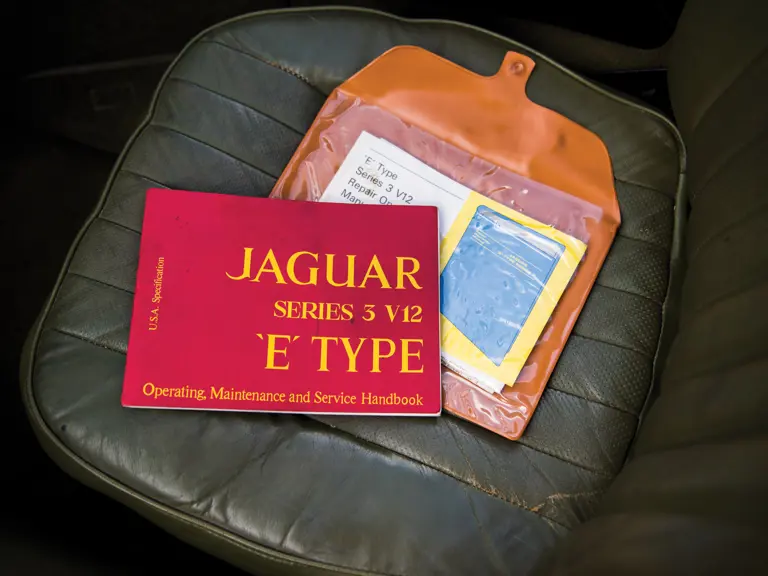

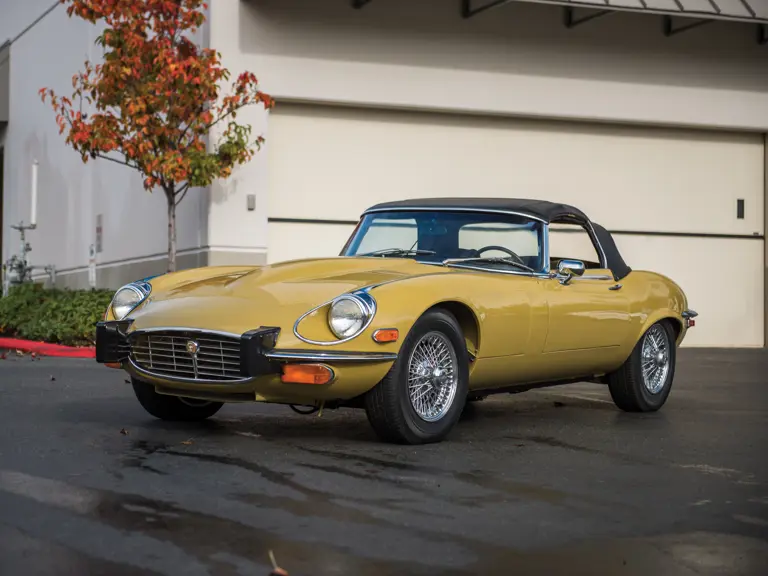
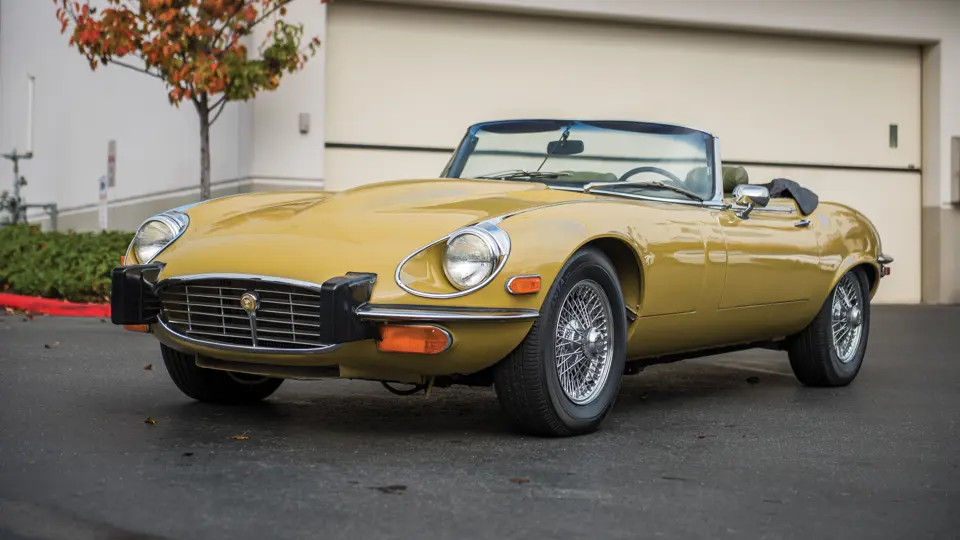
 | Phoenix, Arizona
| Phoenix, Arizona
